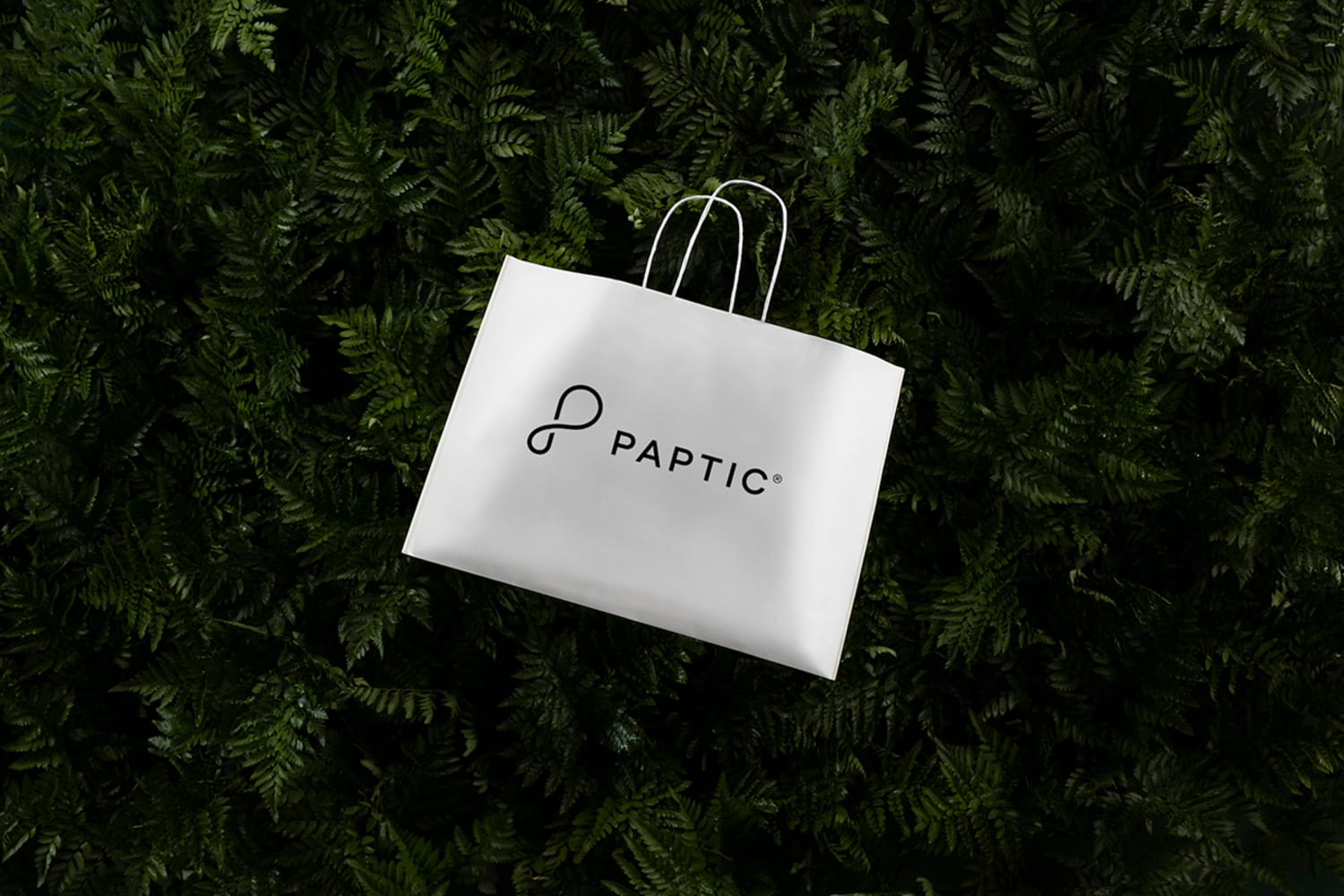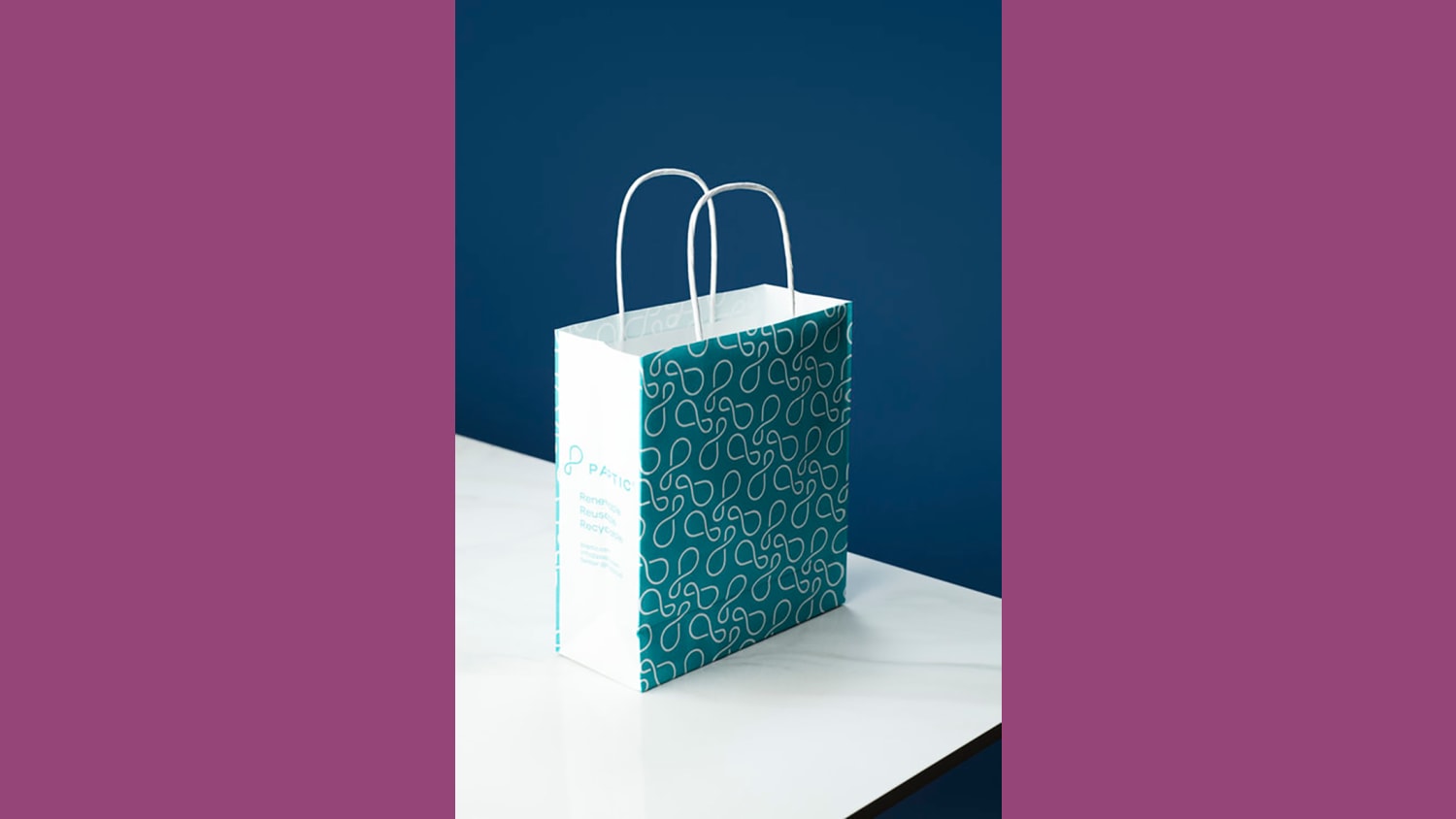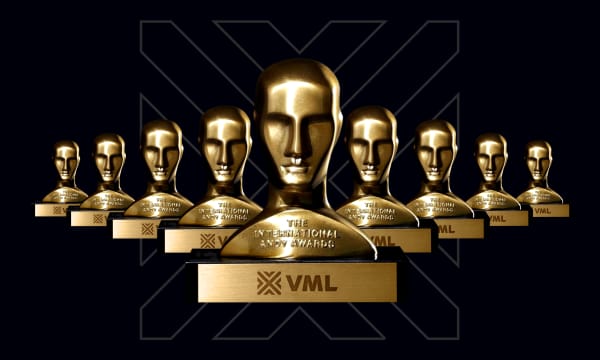After shedding the unrefined aesthetic of earlier generations, sustainable packaging was primed to hit the mainstream in a big way at Luxe Pack’s 17th annual packaging tradeshow. No longer championed solely by a small, dedicated handful of eco-pioneers, sustainable solutions dominated Luxe Pack New York 2019; the conference received twenty-six entries for its Best in Green award.
“Ten years ago, we would have told you sustainability was a trend,” Nathalie Grosdidier, general manager of Luxe Pack, tells JWT Intelligence. “But it’s not a trend anymore. It is at the heart of packaging creation.”
In fact, as awareness of environmental impact expands, the packaging industry has outgrown the one-size-fits-all classification of ‘sustainability.’ Instead, a more nuanced vocabulary is emerging. “Years ago, when we wanted to issue a report on sustainability, we said ‘okay this is a sustainability report,’” and that was that, says Grosdidier. “Now, we have too much to say, too many examples, so we have to focus on specific actions like upcycling and the circular economy.”
Along with this, Grosdidier says she’s noticing an increased urgency from brands to take action. “What is really interesting and important is that there is now a general consciousness of the problem,” she says. If brands do nothing, “their industry will drop” – and they are adopting sustainable solutions with rising fervor in response.
The purpose revolution
This shift is driven largely by rising pressure from consumers, explains Ray Lewis, president of Nate Packaging. The company was awarded this year’s Best in Green award at Luxe Pack New York 2019 for their PCR PP resin stick, made from up to 100% post-consumer materials. Previously, Lewis observes, colossal legacy brands were able to rely on their heritage and reputation to drive sales. But in the age of the ethical consumer, brands are finding that status and branding no longer hold as much sway as purpose and principles. When choosing between two brands, sustainability has become the deciding factor; “the consumer’s saying ‘ok, at the end of the day, price is the same, it works the same, but now I want to be eco-friendly,’” Lewis tells JWT Intelligence.
With consumers increasingly purchasing for ethics as much as for product efficacy, big brands are scrambling to keep up. “At this point, the smaller natural brands that have always been part of [the] sustainability [movement] because they want to be natural and earth-friendly have started to bite into the bigger brands,” says Lewis. Nate Packaging creates eco-friendly packages for indie beauty brand Pacifica, who Lewis notes has been picked up at Ulta and now has the same size in-store display as Benefit. “The big guys are all standing up and going wow, [sustainability] means something to the consumer now. It didn’t before, but now it does.”
The new raw material






